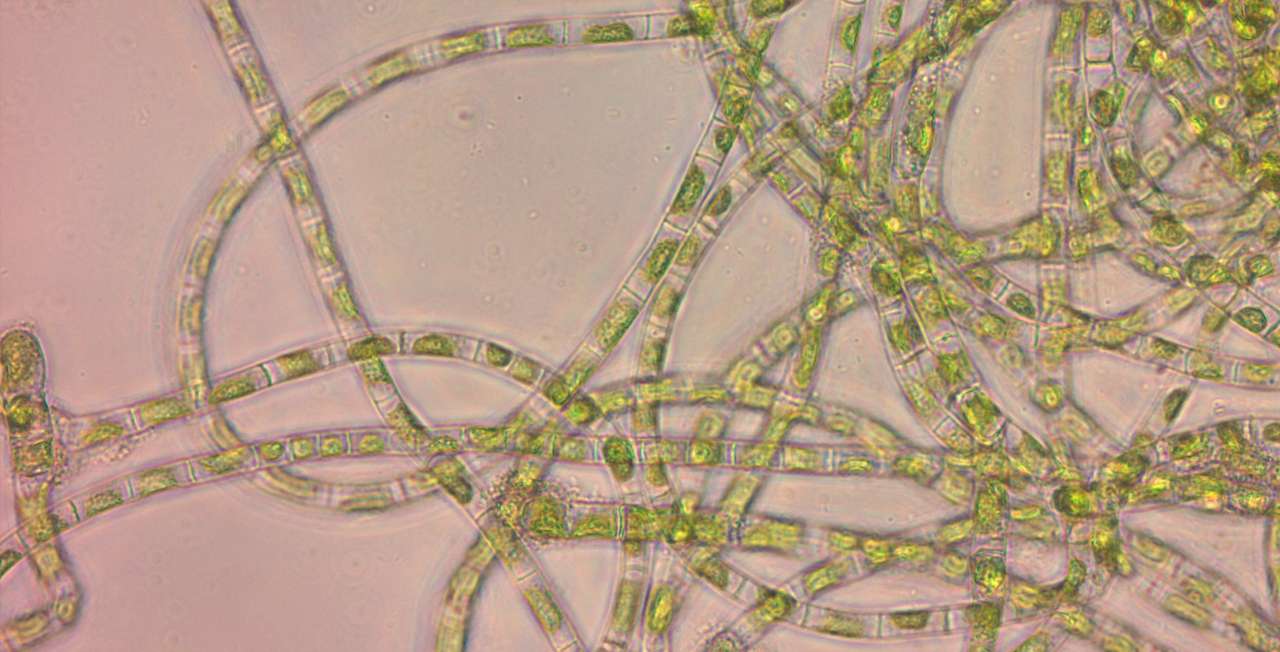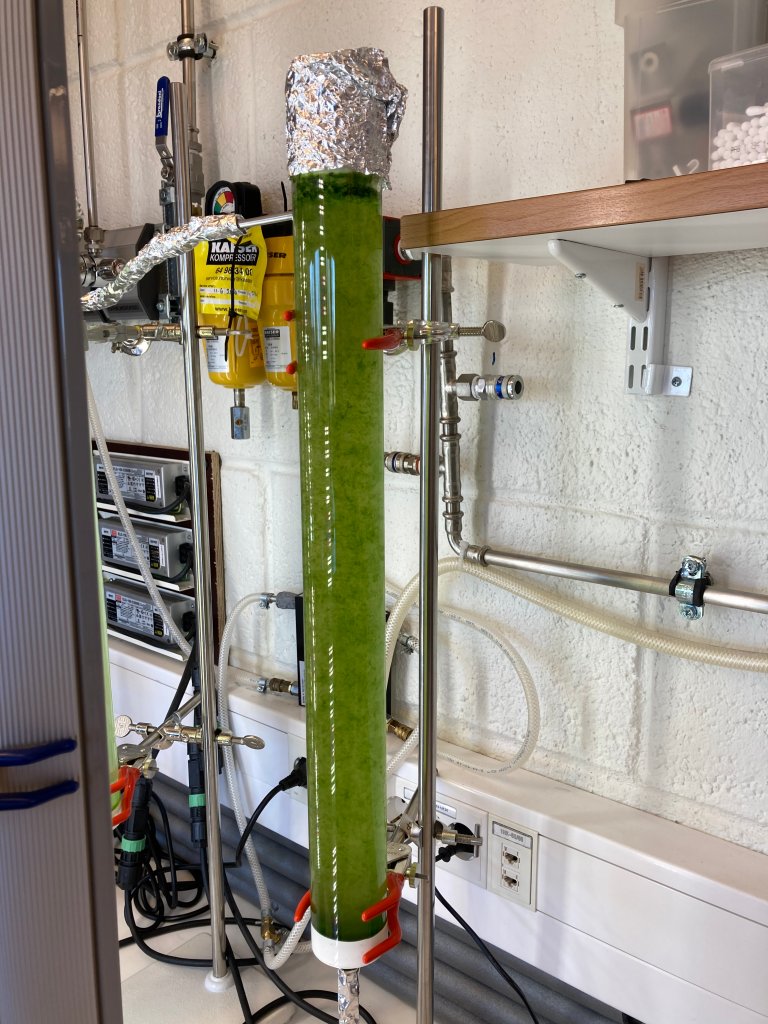Division of Environment and Natural Resources
GRAALrecovery

End: jan 2023
Start: jan 2020
Granular activated algae technology for wastewater treatment and resources recovery (GRAALrecovery)


| External project link | Main project website |
| Start - end date | 01.01.2020 - 01.01.2023 |
| Project manager | Olga Tiron, ECOIND |
| Project manager at Nibio | Ikumi Umetani |
| Division | Division of Environment and Natural Resources |
| Department | Bioresources and Recycling Technologies |
| Partners | ECOIND, NIBIO, NMBU, Valahia University Targoviste |
| Total budget | 1.147.010,00 euro |
| Funding source | EEA Grants/Norwegian Financial Mechanism 2014-2021 |
The GRAALrecovery project focuses on alternative wastewater treatment technological flow based on the use of patented granular activated algae system for increased efficiency of the treatment process, reduction of operating cost, and advanced resources recovery.
The envisaged treatment process is distinguished by positive environmental and economic effects compared to conventional wastewater treatment systems sustaining the concept of sustainable wastewater treatment by:
- Complying to the strategy of reducing operating costs (eliminating aeration cost)
- Targeting the global emissions by capturing carbon dioxide from aerobic biodegradation of organic matter
- Targeting WWTP Utility strategy concerning waste management as the residual microalgae-bacteria biomass can be used for resources recovery
The objectives of GRAALrecovery follow the demonstration in relevant environmental conditions of the proposed emerging biotechnology, underlining the technology performance and its economic and environmental impact.
Work packages:
- Technical specifications and technology optimization scenarios testing (WP lead: ECOIND)
- Resources recovery assessment (WP lead: NIBIO)
- Technology validation in relevant environmental conditions (WP lead: NMBU)
- Results exploitation. Outcome oriented dissemination and communication (WP lead: ECOIND)
Work package 2: Resources recovery assessment
The objective of this WP is to focus on integrating wastewater treatment with resources recovery (the treated water and generated excess biomass) in a circular economy context.
WP tasks:
2.1 Enhancement of excess biomass value (microalgae nutrients uptake, starch/oil accumulation)
2.2 Integration of specific microalgae strains in the granular structures
2.3 Evaluation of water reuse options
Task 2.1 Enhancement of excess biomass value
Besides reduced operational costs, one of the key advantages of the granular-activated algae biotechnology is the presence of microalgae in the excess biomass, which provides superior upstream approach possibilities in terms of reuse (as fertilizers due to the high nutrients uptake) or valorization (due to high protein/carbohydrate/oil accumulation).
Since the microalgae are the key ingredients of the activated granules, the activities of this task, led by NIBIO, will follow two main lines of study:
1) Excess granular activated algae biomass characterization (quantitative and qualitative analysis of major cell components) and reuse options evaluation (as fertilizer/energy source, other uses)
2) Exploring the adaptation of specific microalgae strains known to accumulate high amounts of starch or oil adaptation for wastewater treatment and identification of required stress factors in controlled environmental conditions, which will later be transposed in operational parameters.
In this context, the experiments regarding specific microalgae strains adaptation will be carried on using selected strains (from the NIBIO collection) on different standardized wastewaters and under specific environmental conditions (different stress factors known to shift the metabolism towards accumulation) in order to assess the maximum uptake/accumulation capacities of the strains (ex. analyse of the influence of operational conditions (temperature, CO2, pH) and of nitrogen, phosphorus and sulphur sources concentration variations upon the accumulation phenomenon and biomass composition in lipids, carbohydrates and proteins). Best candidates in terms of uptake, accumulation and suitability towards the operational parameters of GRAALrecovery will be used as inoculum for granules formation in task 2.2.
